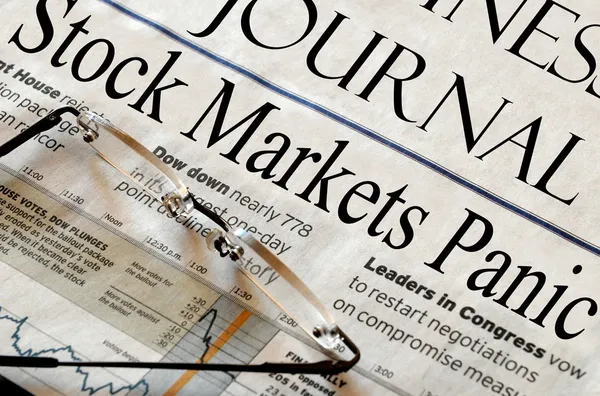S&P futures dips due to nerves before the Fed meets. Investors prepared for US Central Bank meeting, a flood of quarterly earnings and economic reports Benchmark indices recorded a loss at the end of the regular session.
This morning, March S&P 500 futures (ESH23) are trading down -0.33%. Losses in the Oil & Gas, Technology, and Consumer Goods sectors were mostly to blame for the decline of three main U.S. stock indices.
Major U.S. stock indexes ended Monday’s hour of trading weaker as increased bond yields hurt technology as well as other rate-sensitive megacap stocks. Prior to this week’s central bank meetings and a slew of crucial economic releases, U.S. Treasury yields increased, with the 10-year yield rising for a third consecutive day.
S&P 500 and Equities looks to Fed and FOMC
Today is the first day of the Federal Reserve’s two-day meeting, and markets largely expect the Fed to raise interest rates by 25 basis points on Wednesday. Market participants anticipate Fed Chair Jerome Powell will deny that the central bank will drop rates later this year and to imply that there will be additional rate increases in the future.
The Bank of England and the European Central Bank are both anticipated to increase their interest rates by 50 basis points on Thursday.
Stocks earnings in focus
Investors are awaiting new reports from significant international businesses today, including Exxon Mobil (XOM), Pfizer (PFE), McDonald’s (MCD), and AMD as the fourth-quarter corporate earnings season continues (AMD). Analysts predict that overall S&P 500 earnings will shrink by 3% year over year for the quarter, which is less than the 1.6% decline that was projected at the beginning of the year.
S&P, Stocks and Economic readings
In a few hours, the U.S. CB Consumer Confidence statistics will be the center of attention. On consensus, analysts say that January’s CB Consumer Confidence will be 109.0, increasing from the previous reading of 108.3.
Markets will also likely pay attention to the December 45.1 U.S. Chicago PMI report. According to economists, the new number will be 45.1.
Today’s report will include the 20 n.s.a. U.S. S&P/CS HPI Composite. Compared to the previous result of +8.6% y/y, forecasts suggest that this estimate will be +6.8% y/y in November.
Likewise, today, the U.S. Employment Cost Index will be released. Compared to the +1.2% q/q in Q3, analysts say this number to be +1.1% q/q in Q4.
Stocks in European Region
As investors analyzed a number of business earnings and significant regional economic reports, the Euro Stoxx 50 futures are down -0.58% this morning. Falling for a second day due to high inflation and the energy crisis.
German retail sales abruptly decreased by -5.3% m/m in December, worse than forecasts of +0.2% m/m. Positively, France’s economy surprisingly expanded by 0.1% quarter over quarter between both the third and fourth quarters.
Propelled by international commerce as imports sharply decreased, showing a decline in demand. UBS Group Ag (UBSG.Z.IX), a Swiss lender, reported a decline in brokerage charges and transaction income at its wealth management unit, causing the stock to fall more than 3% in corporate news.
Stocks in Asian Trade
Asian stock markets ended the day in the negative. Japan’s Nikkei 225 Stock Index (NIK) and China’s Shanghai Composite Index (SHCOMP) both finished down.
Even after statistics suggests that Chinese manufacturing and services activity recovered substantially in January, China’s Shanghai Composite today closed lower. For the very first time since September 2022, the Chinese manufacturing PMI increased to 50.1 in January. The non-manufacturing PMI increased to 54.4 from 41.6 in December at the same period, indicating a quick uptick in business growth following the relaxation of anti-COVID regulations.
IMF Projection
Throughout the upcoming session, growth-oriented metrics will be a major point of emphasis. In the IMF’s World Economic Outlook update, the first listing is a worldwide one (WEO). IMF Director Georgieva has said during the span of a month that the outlook for the world economy has brightened, which seems to be consistent with the market’s recent discount. If that excitement doesn’t come through, it’ll probably affect the market’s sentiment.
Table from the IMF’s October 2022 World Economic Outlook
Source: IMF’s October 2022 World Economic Outlook










